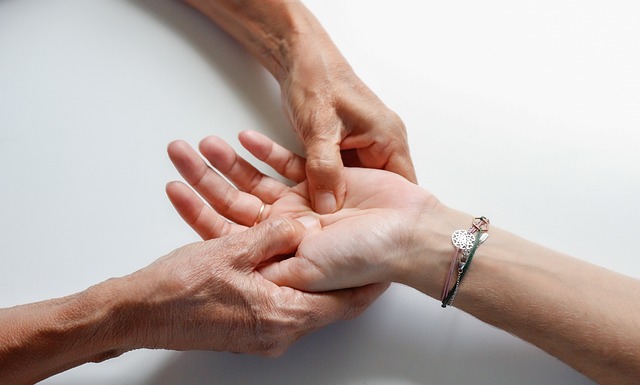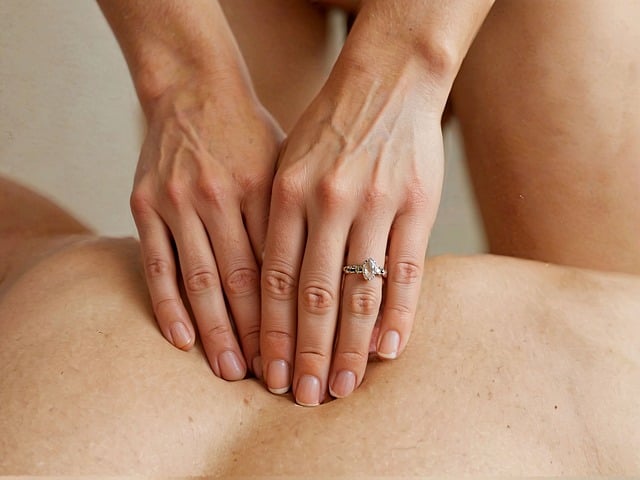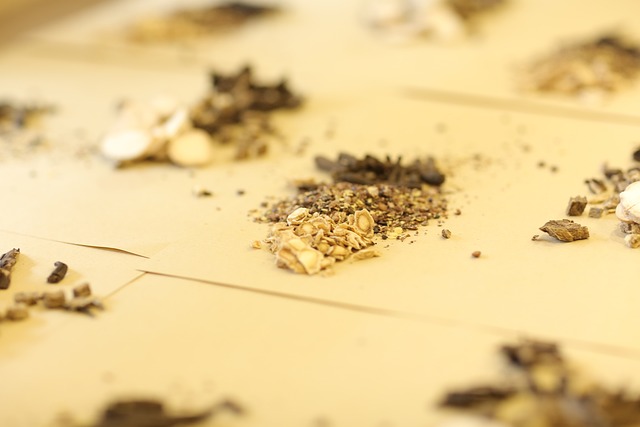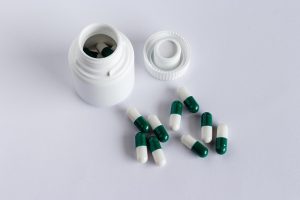Cosmetic skin resurfacing offers a range of aesthetic treatments tailored to address various skin concerns, including aging, scars, and hyperpigmentation. Techniques like chemical peels, microdermabrasion, and laser resurfacing stimulate collagen production, enhance cell turnover, and promote skin regeneration for smoother, younger-looking skin. Ideal candidates are those seeking improvements in fine lines, wrinkles, and scars, with proper consultation and post-procedure care ensuring safety and optimal results from these advanced aesthetic treatments.
“Discover the transformative power of cosmetic skin resurfacing—a leading aesthetic treatment redefining skin health and beauty. This comprehensive guide explores the intricate world of skin rejuvenation, from understanding the process to uncovering various techniques and their benefits. We delve into the science behind skin cell regeneration, highlighting its impact on both skin health and aesthetics. Learn about candidate selection, potential risks, and recovery, empowering you with knowledge for informed decisions regarding this popular aesthetic treatment.”
Understanding Cosmetic Skin Resurfacing: A Comprehensive Overview

Cosmetic skin resurfacing, also known as dermatological exfoliation or rejuvenation, is a category of aesthetic treatments designed to improve the overall appearance and texture of the skin. It involves carefully removing the upper layers of damaged or diseased skin to reveal smoother, younger-looking skin beneath. This procedure can address various skin concerns, including fine lines, wrinkles, acne scars, hyperpigmentation, and uneven skin tone.
There are several techniques employed in cosmetic skin resurfacing, each tailored to specific skin needs. Chemical peels use chemicals to exfoliate the skin, while microdermabrasion employs a special instrument to gently sand away dead skin cells. Laser resurfacing, on the other hand, uses laser energy to vaporize damaged skin layers, promoting collagen production for enhanced skin elasticity and a more youthful appearance. Understanding these treatments is crucial in selecting the most effective aesthetic procedure for individual skincare goals.
Types of Skin Resurfacing Techniques and Their Applications

Skin resurfacing is a category of aesthetic treatments designed to enhance skin texture and appearance by eliminating damaged or loose skin cells. Several techniques are available, each with specific applications depending on individual needs and skin conditions. One common method involves chemical peels, which use chemicals to exfoliate the outer layer of skin, stimulating collagen production and improving skin tone. These peels range from gentle options suitable for mild aging concerns to stronger formulations indicated for more substantial damage.
Another popular approach is microdermabrasion, a non-invasive procedure that physically removes surface layers of skin using fine crystals or a special handpiece. This technique is particularly effective for addressing fine lines, wrinkles, and uneven skin texture. Laser resurfacing, on the other hand, employs laser energy to precisely target and vaporize damaged skin, promoting collagen regeneration. It is often chosen for more severe conditions like deep wrinkles, scars, or sun damage, offering significant improvements in skin clarity and youthfulness.
The Science Behind Skin Cell Regeneration

The science behind skin cell regeneration is a fascinating aspect of cosmetic skin resurfacing. Our skin is constantly undergoing a cycle of renewal, where old cells are shed and new ones are produced. This natural process is accelerated by aesthetic treatments that stimulate collagen production and enhance cell turnover. Key players in this mechanism include growth factors and cytokines, which act as chemical messengers to prompt the body’s repair and regenerative responses.
By understanding how skin cells regenerate, professionals in the field can offer effective treatments like microdermabrasion, chemical peels, and laser resurfacing. These procedures create controlled damage to the outer layers of the skin, triggering a cascade of events that result in smoother, more youthful-looking skin. The body’s innate healing abilities, coupled with these advanced aesthetic treatments, provide individuals with improved skin texture, reduced wrinkles, and enhanced overall skin health.
Benefits and Advantages for Skin Health and Aesthetics

Cosmetic skin resurfacing offers a multitude of benefits for both skin health and aesthetics, making it a popular choice among those seeking to rejuvenate their appearance. By removing the top layer of damaged or aged skin, these treatments encourage the production of new, healthy skin cells, resulting in a smoother, more even complexion. This process not only improves the visual appeal but also enhances the overall texture and tone of the skin.
One of the key advantages is its ability to reduce the appearance of fine lines, wrinkles, and age spots, providing a more youthful and radiant look. Additionally, these aesthetic treatments can address various skin concerns, including acne scars, hyperpigmentation, and sun damage, leaving the skin looking brighter and more uniformed. The improved skin texture also boosts confidence, allowing individuals to embrace their skin with a newfound sense of pride.
Candidate Selection: Who is a Good Fit for This Procedure?

Skin resurfacing, often a go-to for those seeking enhanced aesthetics, is a transformative procedure with remarkable results. But who is a good fit for this treatment? The ideal candidates are typically individuals concerned about skin imperfections, such as fine lines, wrinkles, or scars, and are looking for a non-invasive way to achieve a more youthful appearance. Age is not a strict barrier; while it’s commonly associated with aging skin, younger adults with specific concerns can also benefit from this procedure.
Candidate selection involves considering factors like skin type, overall health, and realistic expectations. Individuals who smoke or have certain medical conditions may not be suitable candidates due to potential risks and recovery considerations. It’s crucial to consult a dermatologist or qualified professional to determine if cosmetic skin resurfacing aligns with your personal goals and is the right choice for you among various aesthetic treatments available.
Potential Risks, Side Effects, and Safety Measures

Cosmetic skin resurfacing, while offering significant improvements in skin texture and appearance, is not without potential risks and side effects. As with any aesthetic treatment, it’s crucial to be aware of these possibilities before proceeding. Common risks include temporary redness, swelling, and discomfort during and immediately after the procedure. In some cases, patients may experience hypersensitivity or allergic reactions to the topical anesthetics or other substances used during the process.
Safety measures are paramount to minimize these risks. It’s essential to choose a qualified and experienced provider who uses sterile equipment and follows proper hygiene protocols. Patients should also be educated about post-procedure care, including how to manage potential side effects and when to seek medical attention if complications arise. Regular check-ins with the practitioner can help ensure optimal healing and address any concerns promptly, further enhancing the overall safety of the aesthetic treatment.
Recovery Process and Post-Procedure Care Tips

The recovery process after cosmetic skin resurfacing varies depending on the method employed, but generally, patients can expect a period of redness, swelling, and mild discomfort. It’s crucial to adhere to post-procedure care tips for optimal healing. This includes keeping the treated area clean and applying prescribed topical medications to reduce inflammation and infection risk. Avoid touching or scratching the skin, and refrain from using makeup until recommended by your dermatologist. Exposing the skin to sun should be minimised, so wear protective clothing and use high SPF sunscreen.
Additionally, stay hydrated, maintain a balanced diet rich in vitamins and minerals, and avoid strenuous activities for the first few days. It’s essential to follow your dermatologist’s instructions meticulously as this facilitates faster recovery and reduces potential complications. Remember that healing takes time, and it may be several weeks before the final results are visible. Patience is key during this period.
